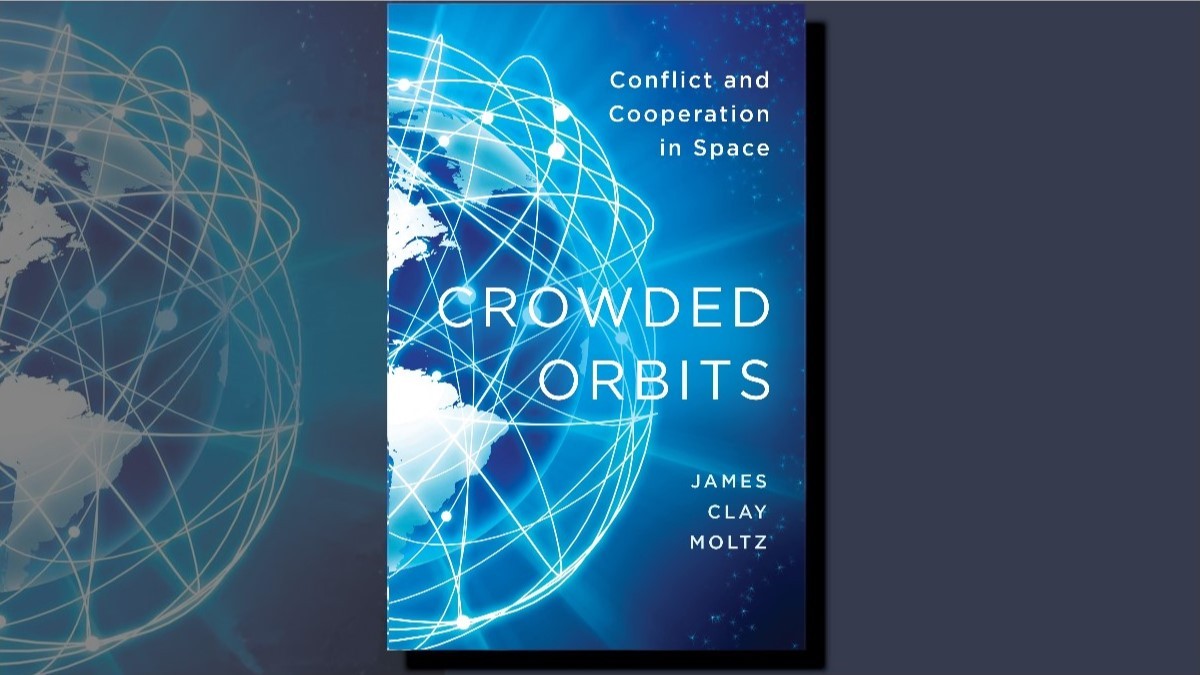Book Review - Military Adaptation in War
With Fear of Change
By Williamson Murray
Cambridge University Press, Cambridge, 2011, 342pp
Online ISBN: 9781139005241
Reviewed by BRIG Chris Roberts AM, CSC (Retd.)
The only constant in war is change. Williamson Murray addresses this factor through the lens of five case studies ranging from the Great War (1914-18) to the Yom Kippur War (1973). Murray has written extensively on the subject of military effectiveness, defining military change during periods of peace as innovation, and during war as adaptation. His works are always thought provoking, and his analysis of why innovation and adaptation is successful, or not, should be read by all military officers. Sadly, many officers can be intellectually lazy, and Murray’s message reinforces this view; that their failure to seriously study their profession in peace results in adaptation during war at the cost of people’s lives.
Echoing Sir Michael Howard’s view that the military profession is the most difficult of all professions in terms of its physical and intellectual demands, and acknowledging military innovation and adaptation is a complex problem, Murray addresses these matters in a thoughtful introduction that raises many issues relevant to today’s armies. This is followed by an historical survey of military adaptation, demonstrating that the need to adapt in war has increased at a much faster pace since the early twentieth century, and that it will continue to do so. Murray observes that, while one of the most serious impediments to military adaptation is the bureaucracies that run them, it requires open mindedness and honest evaluations by the military itself if they are to adapt and innovate quickly. But too often they have been more committed to the ethos of the past than preparing to meet the future. Many historians have accepted as a truism, that by studying the last war military institutions do badly in the next. Nevertheless, Murray contends that it is precisely because they do not seriously study the last war that they have so often failed to adapt to the realities of the next one. Underpinning this, he argues, must be a serious professional military education (as opposed to training), but far too often the military adopt the form, but not the substance in their staff and higher education colleges.
The most disappointing case study in this book is the complex adaptations undertaken during the Great War. Clearly this is not Murray’s field of expertise as he relies heavily on the works of others. Early in the chapter, he writes that “too few historians understand the nuts and bolts of what actually transpires on the tactical battlefield.” Yet in making his case, in this reviewer’s opinion, he quotes the work of some who fall precisely into that category. So rather than understanding the method and drivers of adaptation, we are presented with an overview of the well-known changes, and an overemphasis of the tired old criticism of the British, and Haig. It seems that Murray is not aware of the works of Stephen Badsey, Spencer Jones, Gary Sheffield, Amiée Fox and others on the considerable tactical reforms undertaken by the British Army following the South African War, and during the Great War.
He is on much firmer ground in the remainder of his case studies. Relying on his own research, the results are more satisfying, and one gains a clear insight into the various factors that contribute to effective adaptation, or not. Thus, following the highly successful Polish Campaign in 1939, it was a readiness to evaluate their own performance honestly and openly (rather than being blinded by success) that enabled the Wehrmacht to adapt rapidly to fix key problems in time for the equally successful French Campaign eight months later. Underpinning this willingness to challenge pre-existing practices was a prewar culture of serious and intellectual professional military education, underpinned by ‘an emphasis on learning, intellectual preparation for war, and rigorous honesty between the different levels of command’. However, Murray warns, the Germans possessed neither the cultural understanding nor the intellectual vision to turn their operational victories into strategic and political success, resulting in their ultimate defeat in 1945; here lies a lesson for Australians operating in an Indo-Asian-Pacific environment.
Two studies of the air war over Europe demonstrate the pivotal part paid by an organisation’s leader in either achieving rapid adaptation, in the case of Fighter Command, or not, in the case of Bomber Command and the Luftwaffe - leading to the enormous losses they suffered. Both are extensive studies, in which the numerous adaptations on both sides are chronicled in detail. The case studies highlight the key part played by a few individuals who had the courage of their convictions, or, in the case of failure, a reluctance to accept change and continued to pursue pre-conceived doctrine despite the data demonstrating its failure.
More in the nature of a fascinating and sobering narrative of the Israeli command failures, rather than a study in adaptation, the chapter on the Yom Kippur War demonstrates that even highly effective militaries can draw wrong lessons from a previous war with only a cursory consideration of the issues. If anything, this chapter shows how lucky the Israelis were in winning, and that the Israeli Defence Force may not be the crack military capability portrayed in popular literature. Rather they owed their success as much to a couple of Arab mistakes, as to a few aggressive leaders who overcame several Israeli mistakes.
Overall, this is a worthwhile book, and its observations on the way in which effective military organisations adapt in wartime makes interesting and informative reading. It is a book that current military leaders would do well to read. Murray hammers home the point, that only with a willingness to analyse one’s performance in battle with critical and honest appraisals, and a readiness to abandon previous doctrine and ideas when they don’t work, can military organisations effectively adapt during war. Yet to do so requires a sound professional education, and an ingrained culture of challenging past performance. One wonders whether the Australian Defence Force will make a serious analysis of its participation in Afghanistan at the tactical, operational, and cultural levels, or simply consign its efforts to history.
The views expressed in this article and subsequent comments are those of the author(s) and do not necessarily reflect the official policy or position of the Australian Army, the Department of Defence or the Australian Government.
Using the Contribute page you can either submit an article in response to this or register/login to make comments.



